En el mes de febrero de 2020, el Departamento de Investigación de la Asociación Entrerriana de Astronomía realizó aportes al Programa de estudios topográficos lunares y al Programa de detección de cambios geológicos lunares dependiente de la Asociación de Observadores Lunares y Planetarios (ALPO).
Programa de estudios topográficos lunares
Listado de material fotográfico enviado:
- Aylen Borgatello, AEA – Oro Verde, Entre Rios, Argentina. Images of Conon, Mins Piton and Proclus.
- Walter Ricardo Elias, AEA – Oro Verde, Entre Rios, Argentina. Images of Aristarchus (3), Mare Crisium, Proclus (3), Wilkins, Gassendi,
Atlas, Full Moon, Le Verrier, Romer, Ross, Schmidt and Tycho. - Victoria Gomez, AEA – Oro Verde, Entre Rios, Argentina. Image of Aristarchus.
- Johana Gonzalez, AEA – Oro Verde, Entre Rios, Argentina. Images of Aristarchus (2), Censorinus, Mare Crisium, Mare Tranquillitatis and
Plato. - Facundo Gramer, AEA – Oro Verde, Entre Rios, Argentina. Images of Alphonsus, Aristarchus, Plato, Secchi and Timocharis.
- Gabriel Re, AEA – Oro Verde, Entre Rios, Argentina. Images of Proclus and Aristarchus.
- Alan Trumper, AEA – Oro Verde, Entre Rios, Argentina. Images of Alphonsus, Le Verrier, Aristarchus, Mons Pico and Sinus Iridum.
Las siguientes fotografías fueron publicadas en la sección de «Observaciones para estudios topográficos».
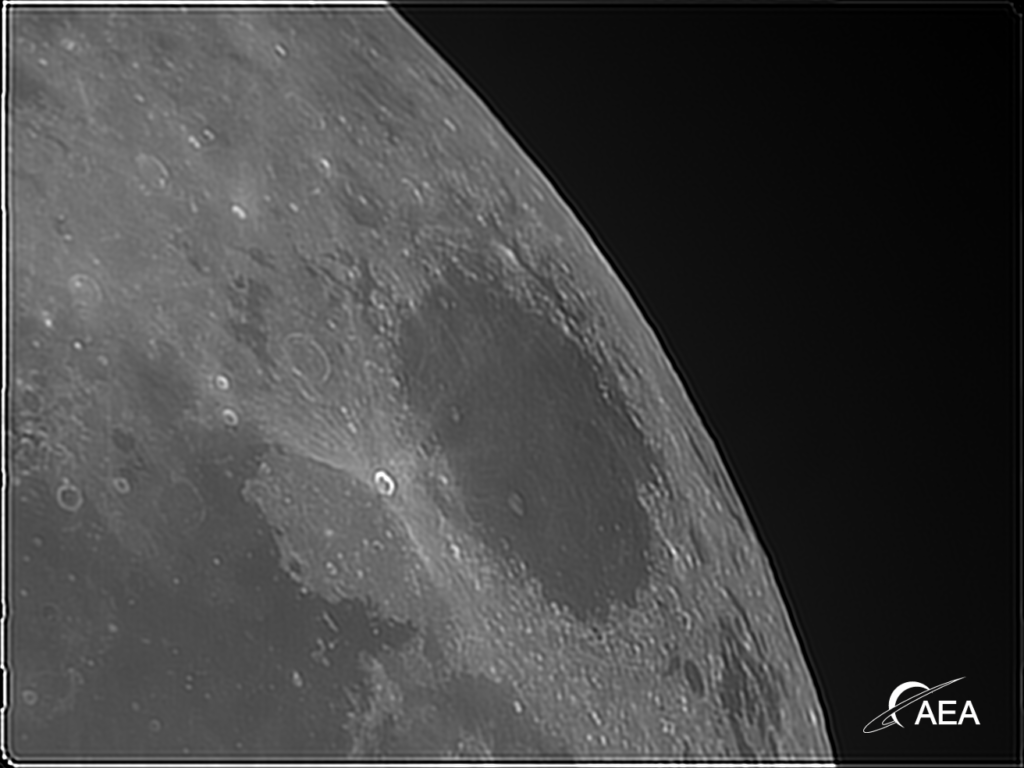
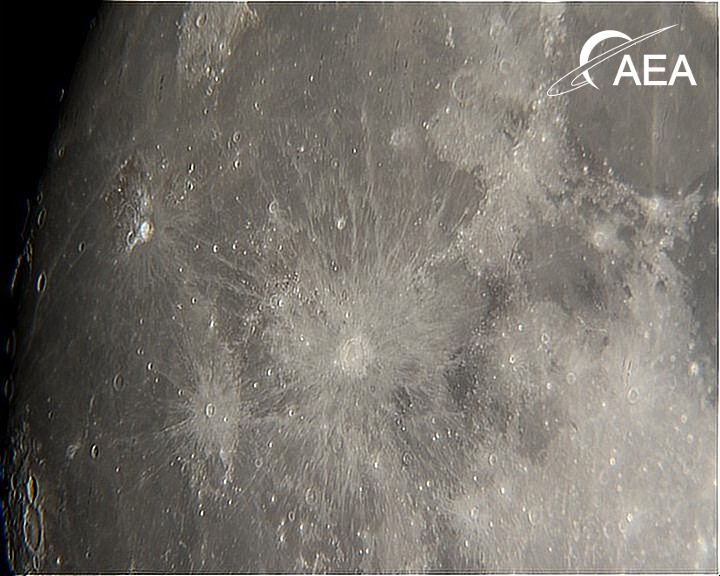
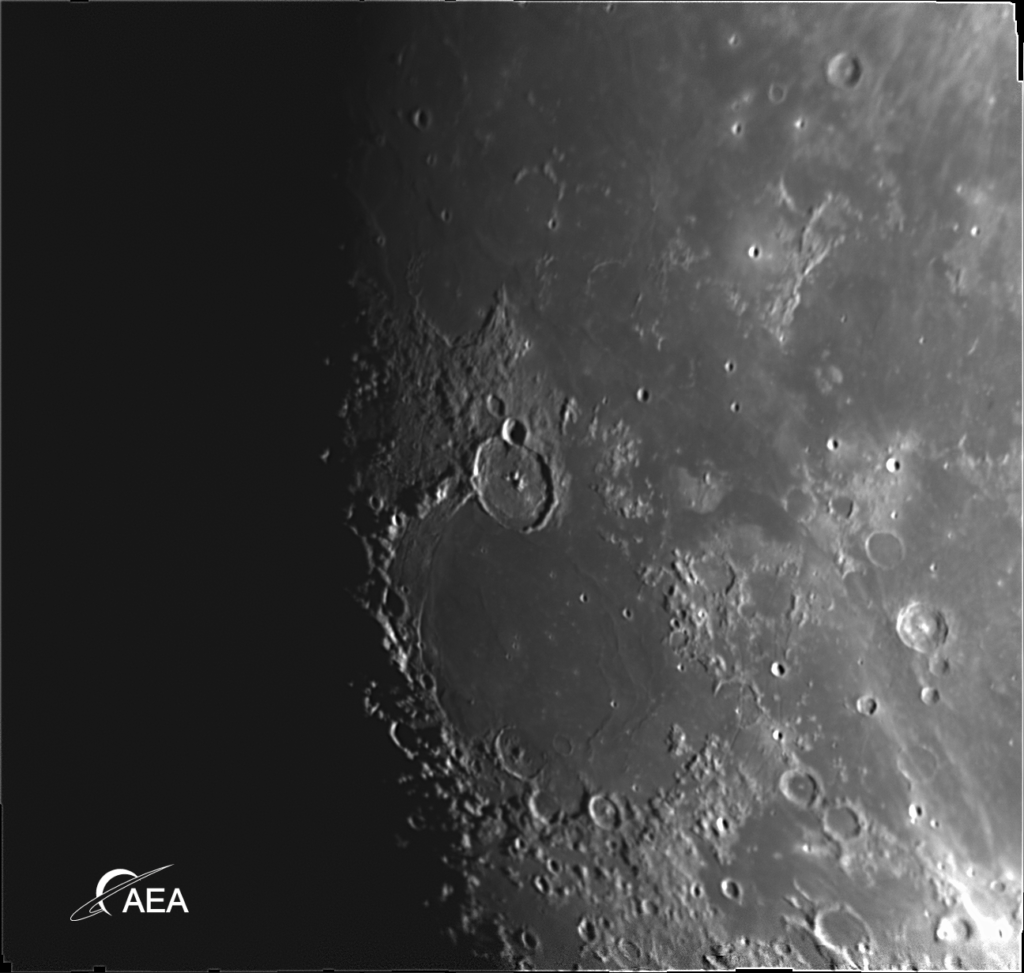
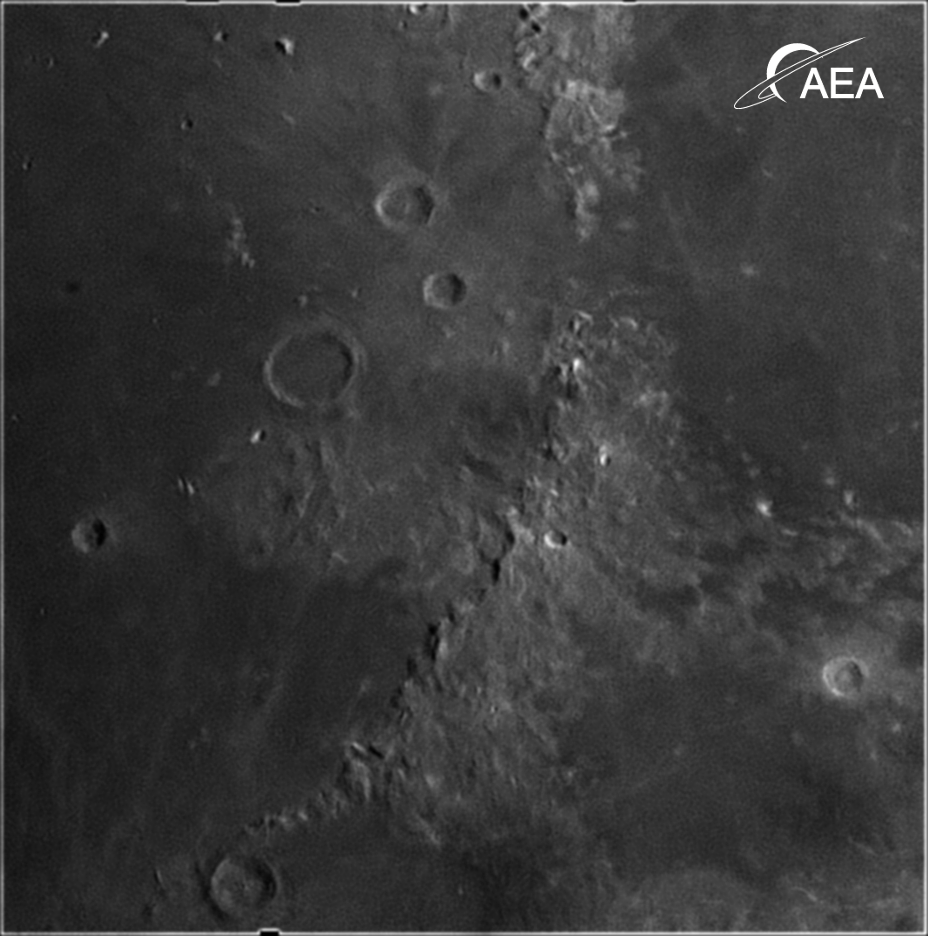
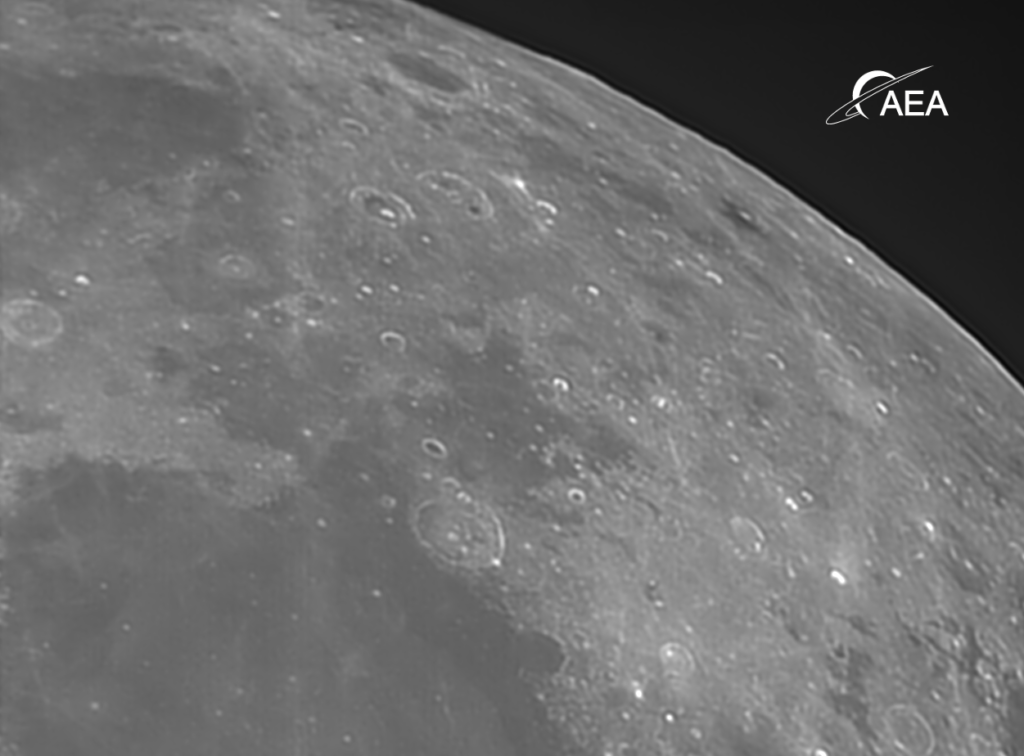
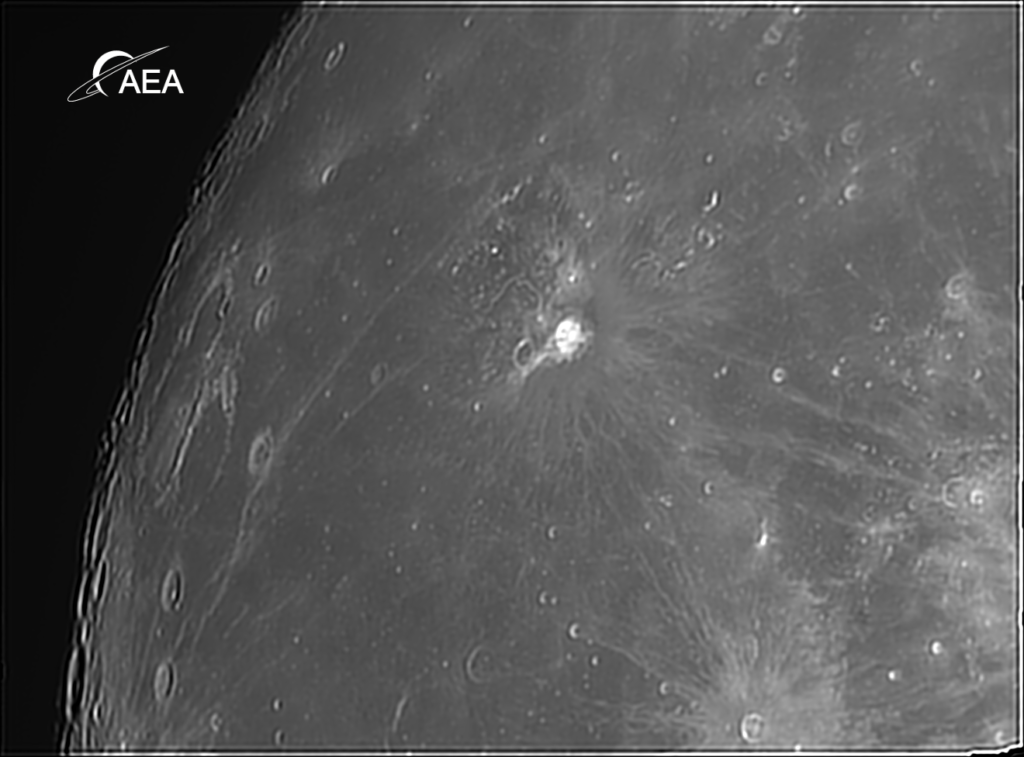
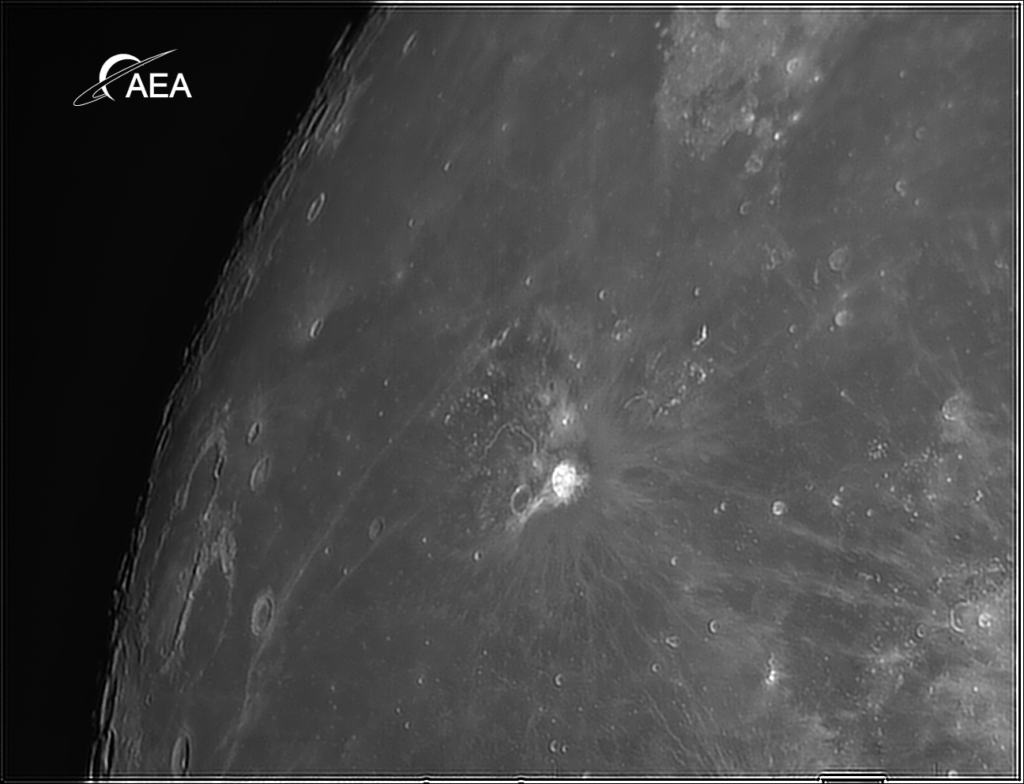
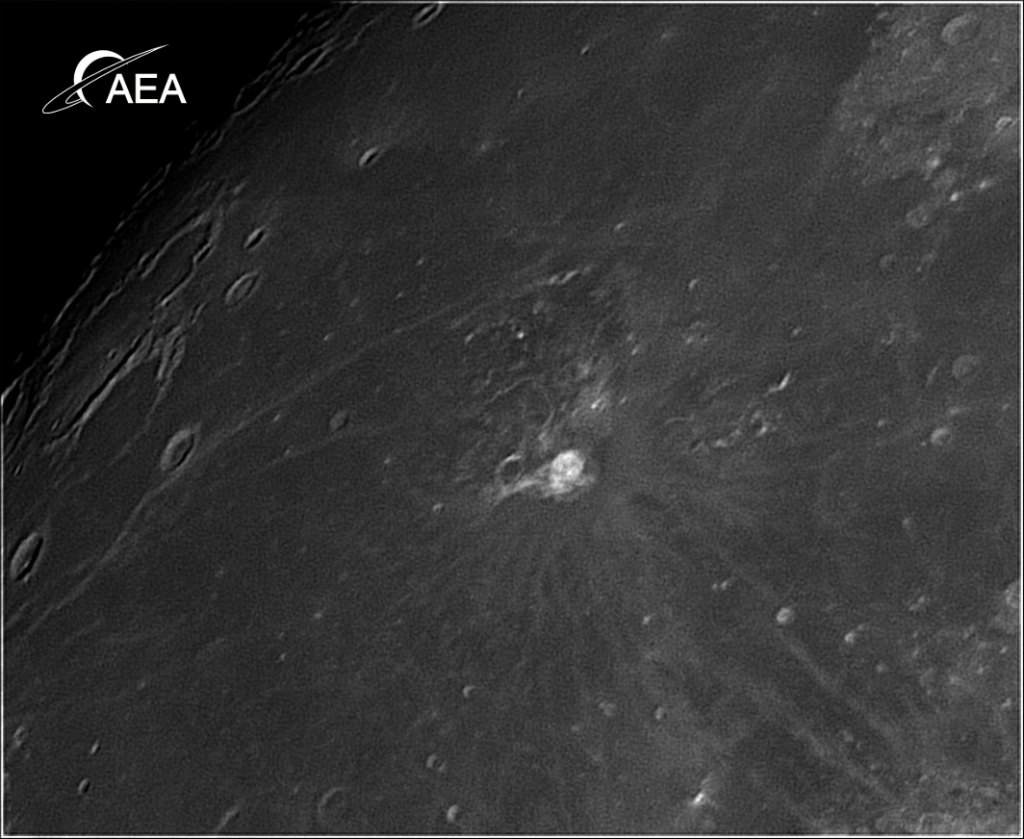
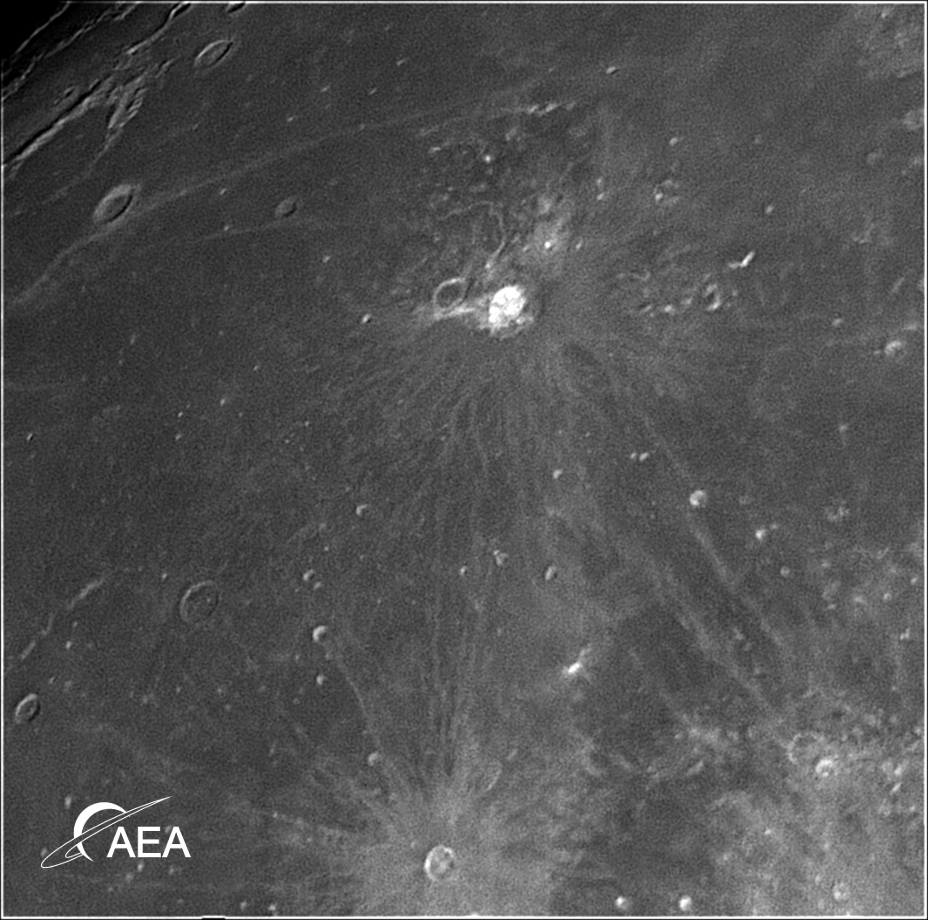
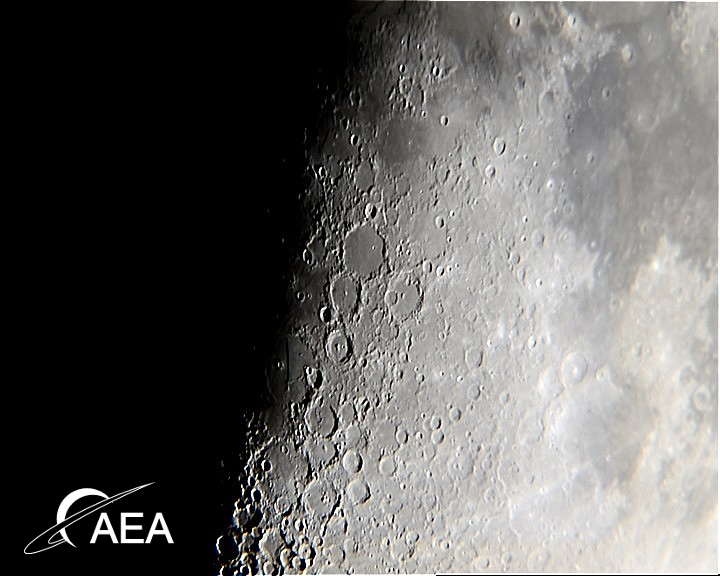
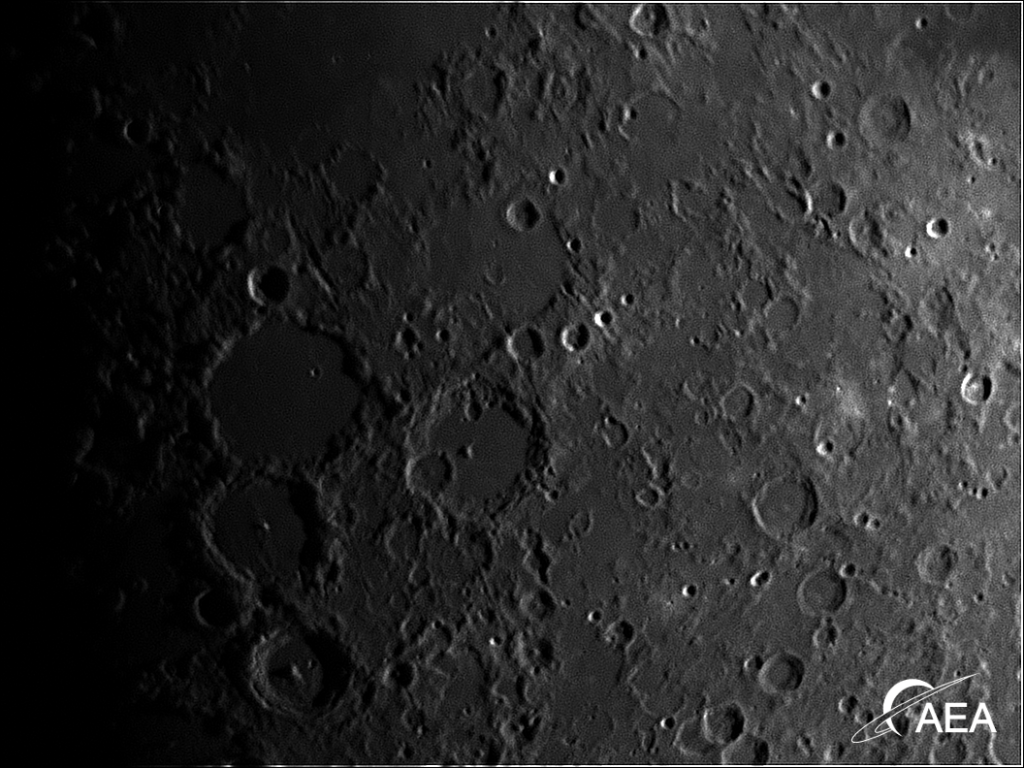
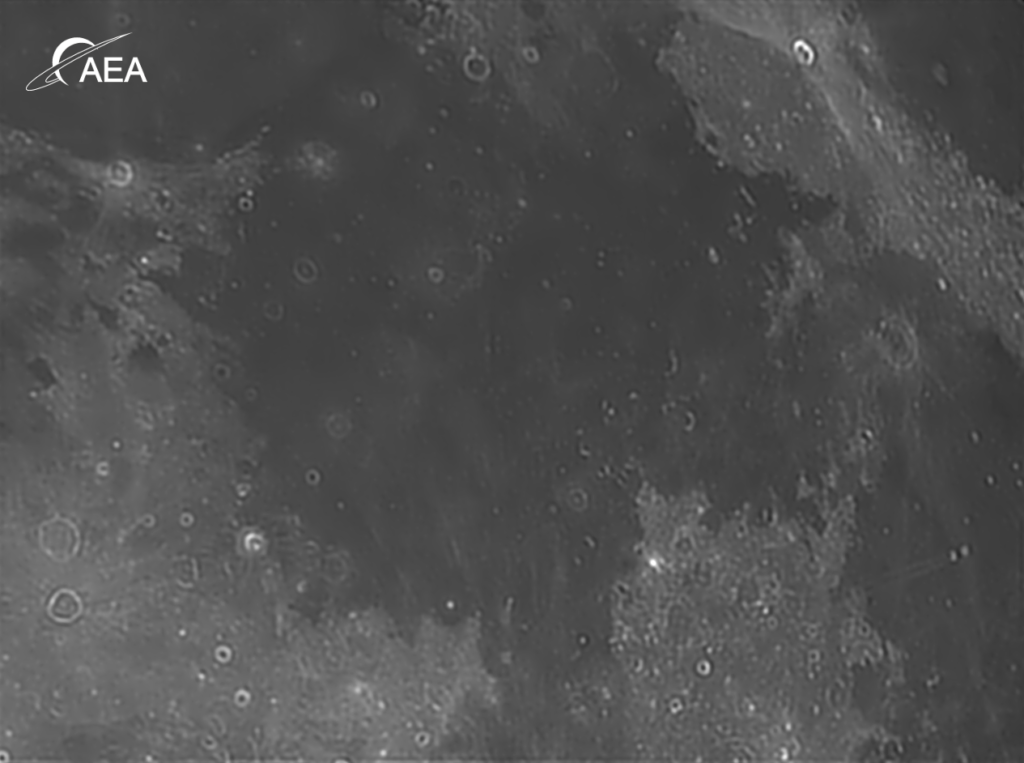
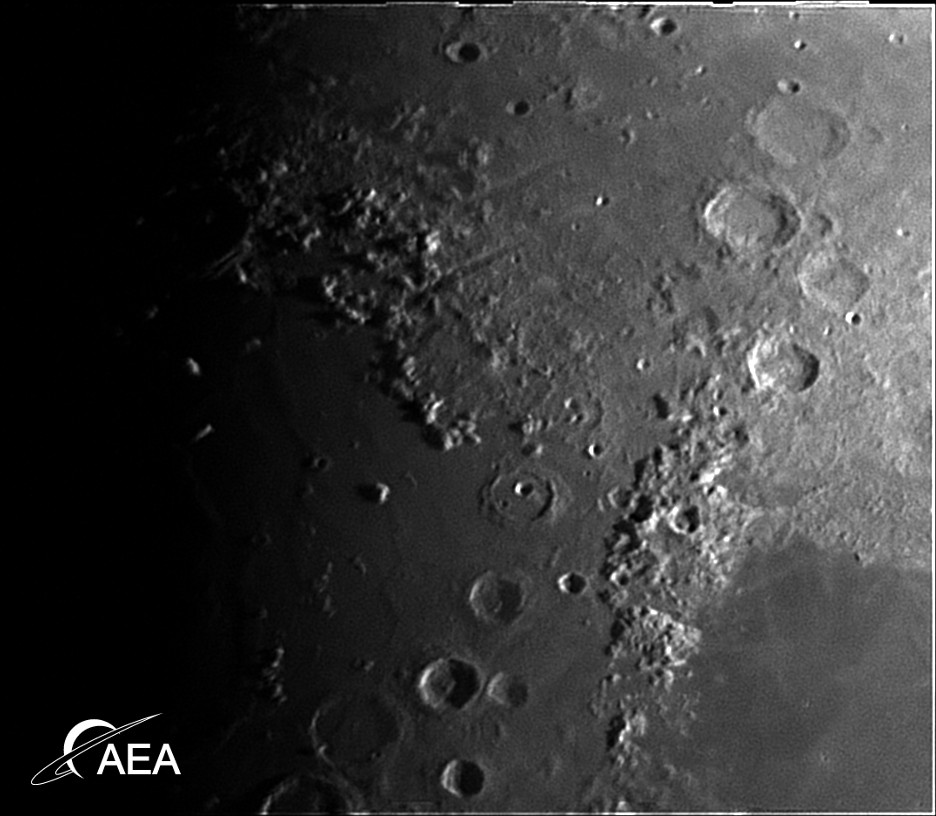
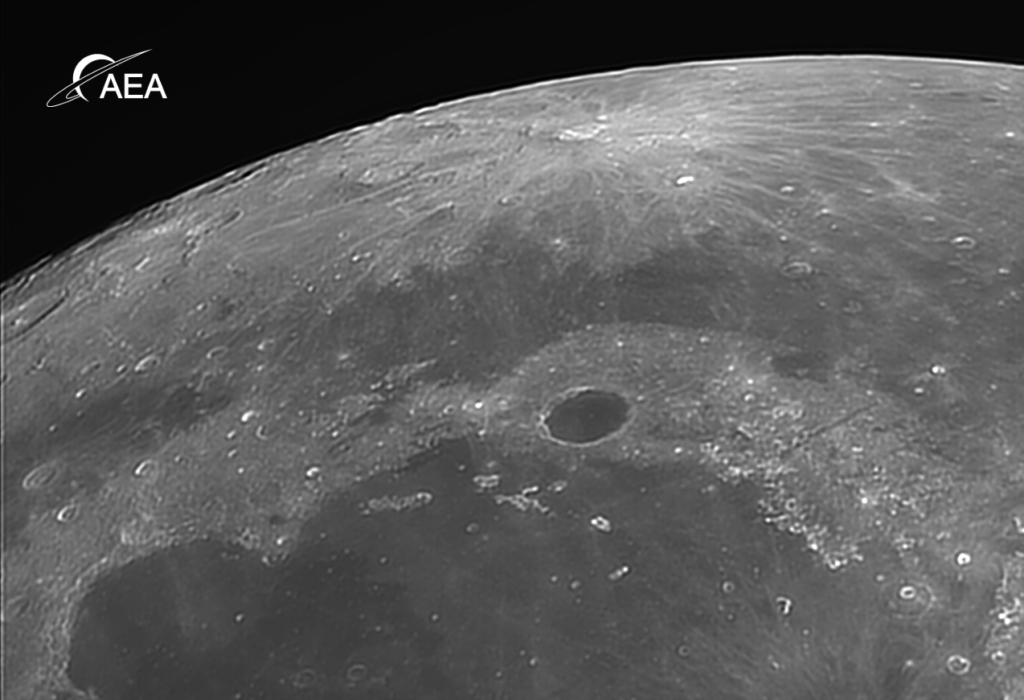
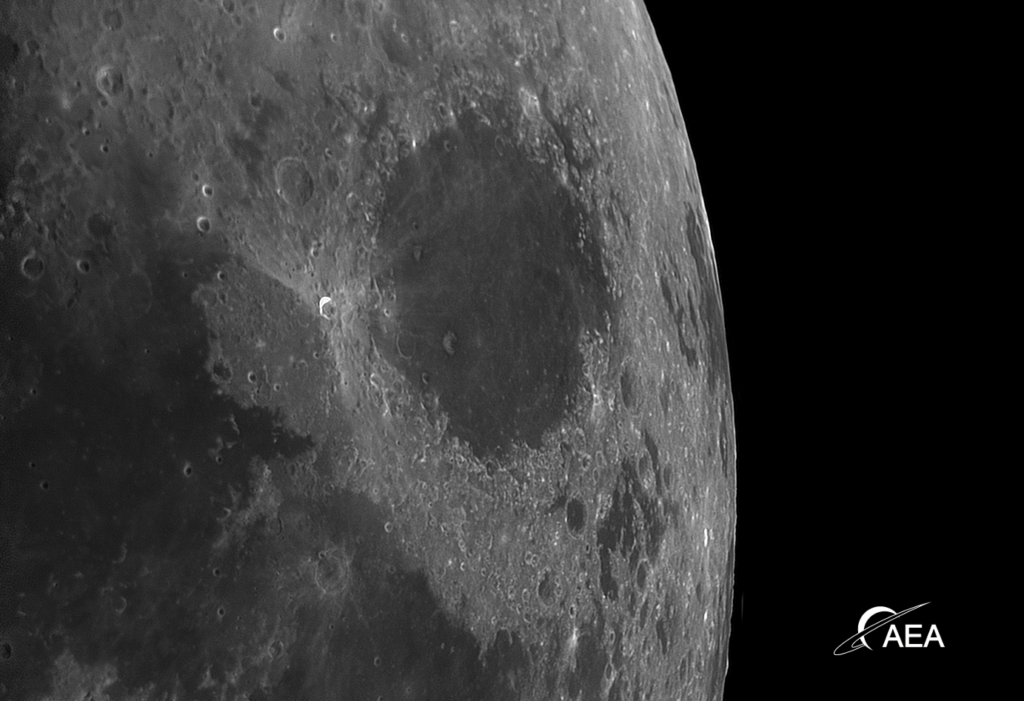
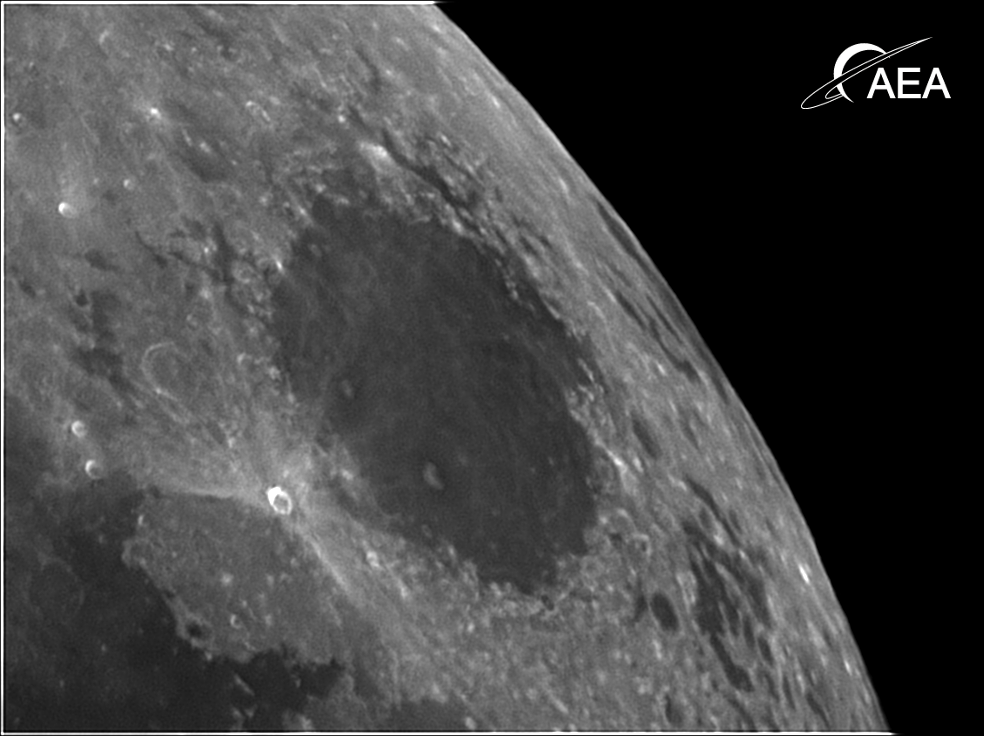
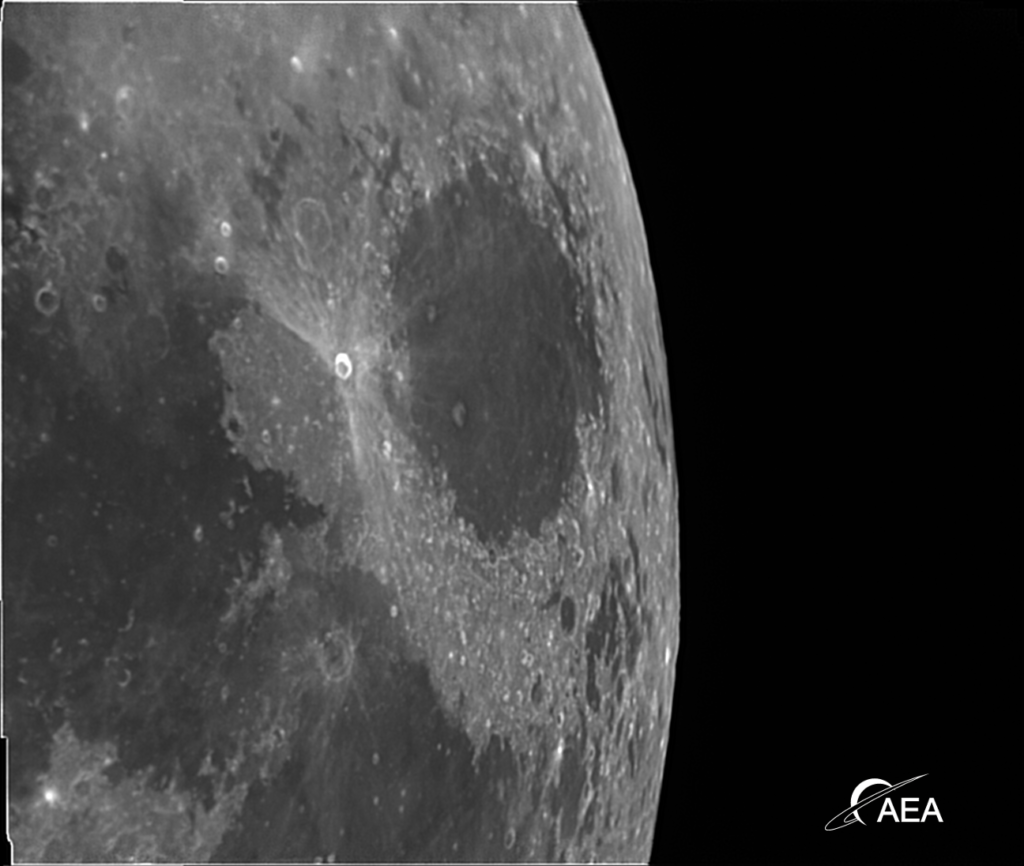
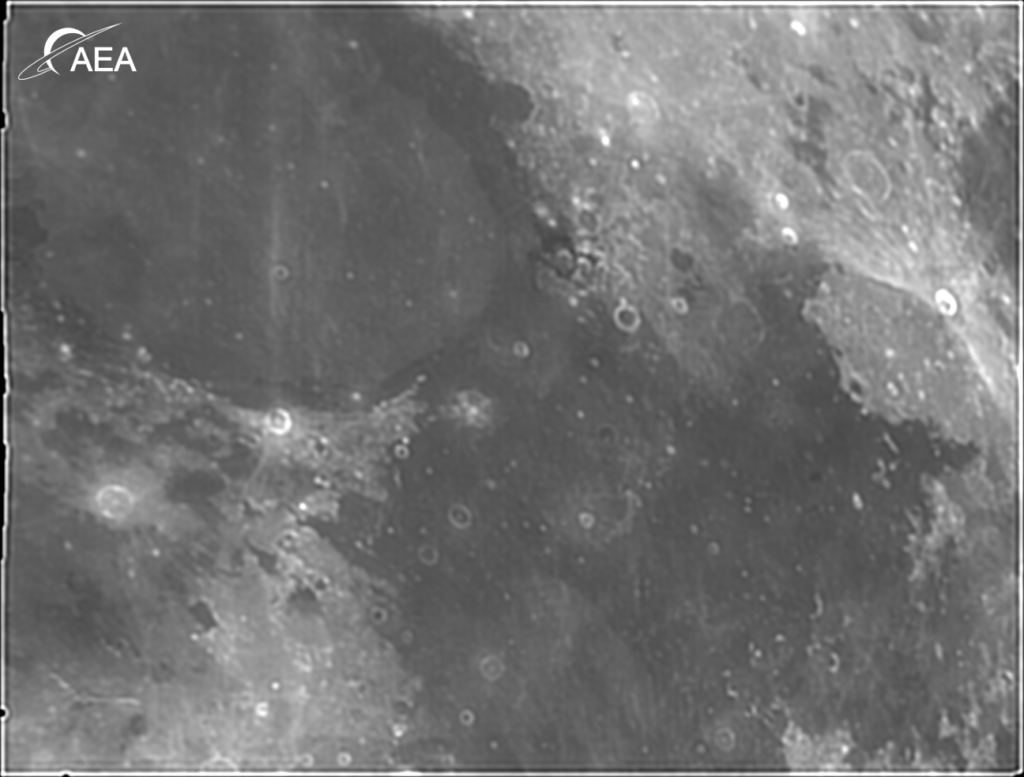

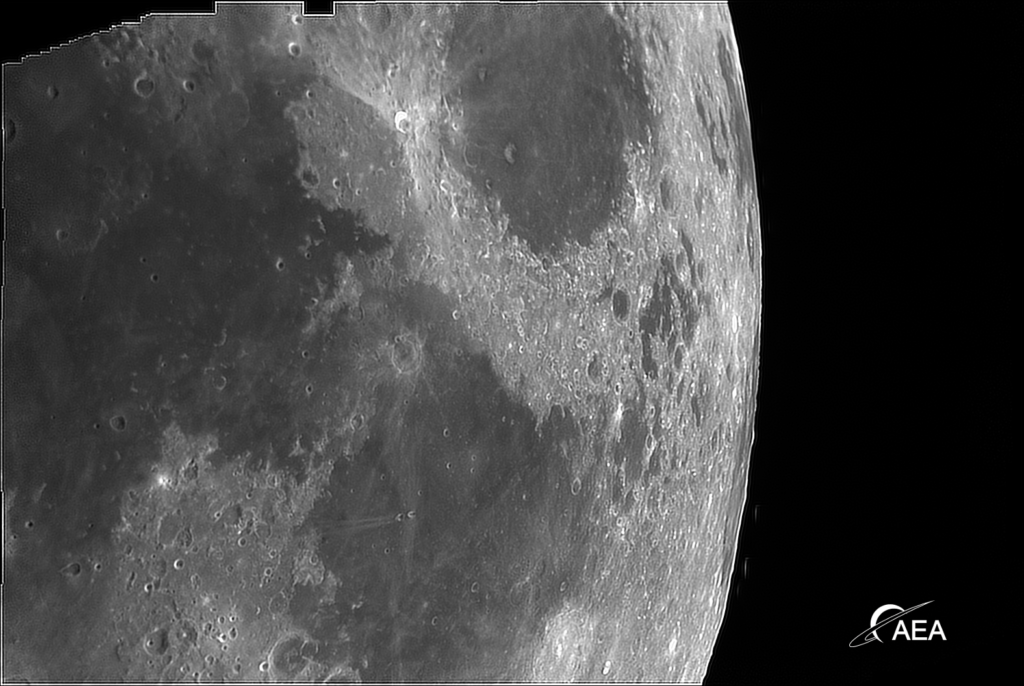
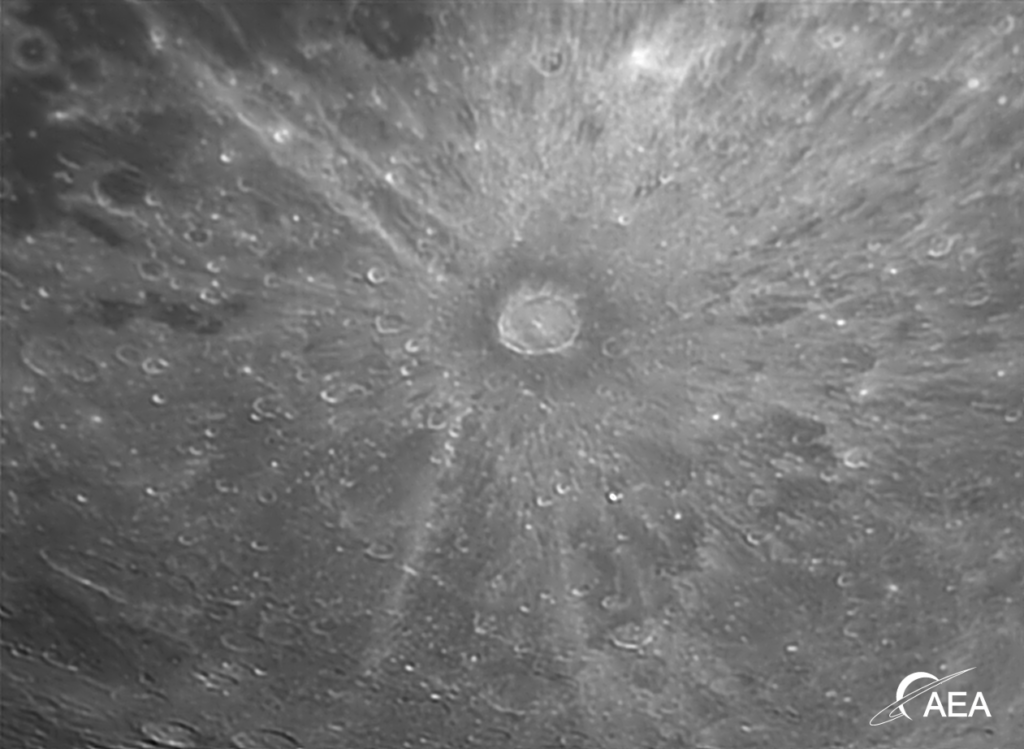
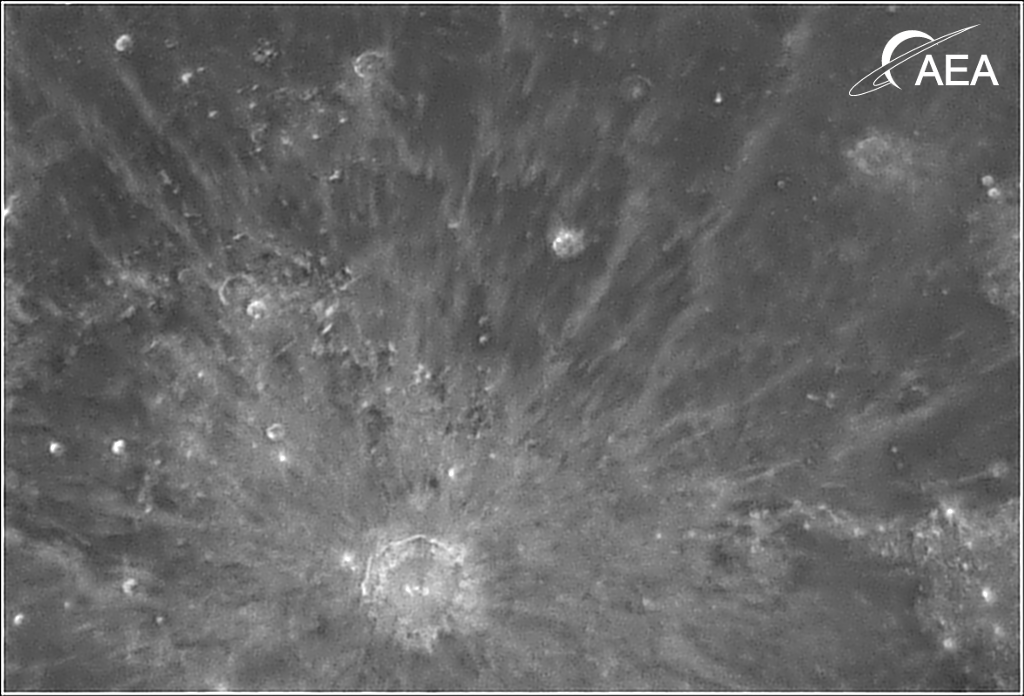
Programa de detección de cambios geológicos lunares
Realizamos los siguientes aportes:
- Aylen Borgatello (Argentina – AEA) imaged: Conon, Mons Piton and Proclus.
- Walter Elias (Argentina – AEA) imaged: Mare Crisium, Proclus, Wilkins and Several features.
- Victoria Gomez (Argentina – AEA) imaged: Aristarchus.
- Facundo Gramer (Argentina – AEA) imaged: Alphonsus, Aristarchus, Secchi, and Timocharis.
- Gabriel Re (Argentina – AEA) imaged: Aristarchus and Proclus.
En cada observación, pondremos como bloque de anotación la original en inglés y su correspondiente traducción. Al final, el link de descarga al PDF completo de la edición de Febrero de 2020 de «The Lunar Observer».
Reporte 1
Aristarchus: On 2019 Dec 11 two AEA observers imaged this crater at 04:45 and 05:42 under similar illumination (±0.5°) to the following LTP reports:
Although the images in Fig 9 are monochrome, and so won’t help to solve the color/spectral reports in the LTP descriptions above, they do at least illustrate the general routine appearance of the crater as would have been seen by the observers concerned. We shall leave the weights as they are for now.
Aristarco: El 11 de diciembre de 2019, dos observadores de AEA tomaron imágenes de este cráter a las 04:45 y a las 05:42 bajo una iluminación similar (± 0.5 °) a los siguientes informes de LTP:
Aunque las imágenes de la Fig. 9 son monocromas, por lo que no ayudarán a resolver los informes de color / espectrales en las descripciones de LTP anteriores, al menos ilustran la apariencia general de rutina del cráter como habrían visto los observadores interesados. Dejaremos los pesos como están por ahora.
Reporte 2
Aristarchus: On 2019 Dec 17 UT 05:09 Walter Elias imaged the Moon in color and captured the Aristarchus area under similar illumination, to within (±0.5°, to the following report:
In 1964 Jan 05 at UT 22:00? Doherty (Stoke-on-Trent, UK, 3″ refractor, 8″ or 10″ reflector) observed Aristarchus to be purplish-blue in color. The Cameron 1978 catalog ID=794 and weight=3. The ALPO/BAA weight=3.
Figure 10. A color image of the NW of the Moon, taken by Walter Elias on 2019 Dec 17 UT 05:09, showing Aristarchus. The supplied image has been high passed filter and its color saturation increased before it was submitted to the Lunar Section. The purple loop around Aristarchus is a processing artefact.
Although Fig 10 has been sharpened a little heavily as can be seen by the bright ring on the limb of the Moon, we can at least see some blueness to Aristarchus crater, though the purple line is probably an artefact of the image processing. I am tempted though to lower the weight from 3 to 2 due to the craters color having at least some similarity to the original report.
Aristarco: El 17 de diciembre de 2019 UT 05:09, Walter Elias tomó una imagen de la Luna en color y capturó el área de Aristarco bajo una iluminación similar, dentro de (± 0.5 °, en el siguiente informe:
En 1964 el 05 de enero a las 22:00 UT? Doherty (Stoke-on-Trent, Reino Unido, refractor de 3 «, reflector de 8» o 10 «) observó que Aristarchus era de color azul violáceo. El catálogo Cameron 1978 ID = 794 y peso = 3. El peso ALPO / BAA = 3 .
Figura 10. Una imagen en color del NO de la Luna, tomada por Walter Elias el 17 de diciembre de 2019 UT 05:09, que muestra a Aristarco. La imagen suministrada tiene un filtro de paso alto y su saturación de color aumentó antes de enviarse a la Sección Lunar. El lazo púrpura alrededor de Aristarco es un artefacto de procesamiento.
Aunque la figura 10 se ha afilado un poco fuertemente como se puede ver en el anillo brillante en la extremidad de la Luna, al menos podemos ver algo de azul en el cráter Aristarchus, aunque la línea púrpura es probablemente un artefacto del procesamiento de la imagen. Sin embargo, estoy tentado a reducir el peso de 3 a 2 debido a que el color de los cráteres tiene al menos alguna similitud con el informe original.
Reporte 3
Alphonsus: On 2019 Dec 05 UT 02:22 Facundo Gramer (AEA) imaged this crater under very similar illumination (±0.5°) to the following Russian report:
Figure 3. Alphonsus as imaged by Facundo Gramer (AEA) on 2019 Dec 05 UT 02:22 and orientated with north towards the top. As readers may know, Alphonsus is famous for at least three pyroclastic dark spots on the floor. However, it seems that under sunrise conditions they are simply difficult/impossible to see, and there is so much shading on the floor anyway (See Fig 3). So therefore, we shall assign a weight of 0 to this report and effectively remove it from the ALPO/BAA LTP database.
Alphonsus: el 2019 05 de diciembre UT 02:22 Facundo Gramer (AEA) fotografió este cráter bajo una iluminación muy similar (± 0.5 °) al siguiente informe ruso:
Figura 3. Alphonsus según la imagen de Facundo Gramer (AEA) el 05 de diciembre de 2019 UT 02:22 y orientado con el norte hacia la parte superior. Como los lectores pueden saber, Alfonso es famoso por al menos tres puntos oscuros piroclásticos en el piso. Sin embargo, parece que bajo las condiciones del amanecer son simplemente difíciles / imposibles de ver, y de todos modos hay mucha sombra en el piso (Ver Fig. 3). Por lo tanto, asignaremos un peso de 0 a este informe y lo eliminaremos efectivamente de la base de datos ALPO / BAA LTP.
Reporte 4
Conon: On 2019 Dec 07 UT 03:30 Aylen Borgatello (AEA) imaged this crater under similar illumination, to within ±0.5° to the following report from the 1940’s report:
Figure 4. Conon as imaged by Aylen Borgatello (AEA) on 2019 Dec 07 UT 03:30 and orientated with north towards the top. You can quite clearly see in Fig 4 a faint spot near the center of Conon. It is just some hilly terrain. I think we can therefore remove this report from the ALPO/BAA LTP database by assigning a weight of 0.
Conon: El 07 de diciembre de 2019 UT 03:30, Aylen Borgatello (AEA) fotografió este cráter bajo una iluminación similar, dentro de ± 0.5 ° al siguiente informe del informe de 1940:
Figura 4. Conon según la imagen de Aylen Borgatello (AEA) el 07 de diciembre de 2019 UT 03:30 y orientado con el norte hacia la parte superior. Puedes ver claramente en la Fig. 4 un punto débil cerca del centro de Conon. Es solo un terreno montañoso. Por lo tanto, creo que podemos eliminar este informe de la base de datos ALPO / BAA LTP asignando un peso de 0
